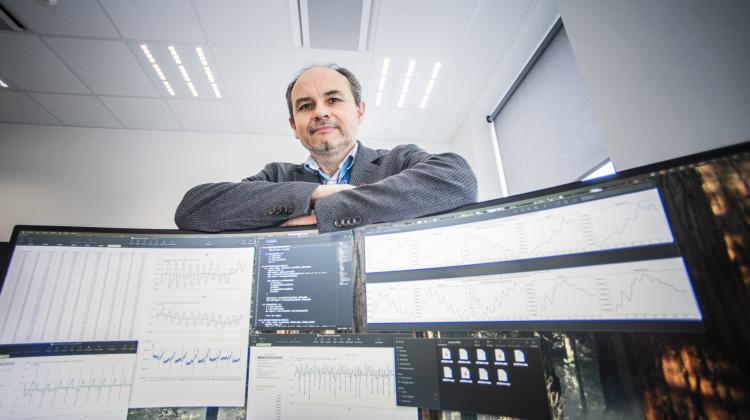Members of the UbiCOMP Student Scientific Club have developed an unconventional way to fight one of the most common phobias. Statistically, the fear of spiders affects about 10% of the population. TUL students have come up with the idea to use a robotic arm in tests with live animals at the zoo.
Modern methods of arachnophobia therapy are mostly based on virtual reality technology - simulated contact with a virtual spider has proved to be an effective way to curb fear. Doctors note, however, that the lack of physical interaction causes problems for patients with controlling their reactions in direct contact situations.
The students' project responds to these concerns by enabling remote contact with a living spider. In cooperation with experts from the University of Utrecht, they have developed a modern therapeutic tool that is also an attraction for zoo visitors.
The developed system includes a robotic arm, placed inside a spider terrarium, and a control interface - a flexible sleeve and glove that capture the user's hand movements. This creates an opportunity for a quasi-direct interaction with the spider, and touch is simulated by haptic feedback - vibration motors in the glove imitate a sensory experience.
Studies carried out in a simulated environment have demonstrated a high potential of the solution, both in the context of therapy and in terms of increasing the interactivity of visits to the ZOO, and at the same time, educating the youngest visitors.
The project has been accepted for a poster session of the ACM Ubicomp 2019 conference (10-13 September), one of the most important conferences in the field of human-computer interaction, and will be presented in London.




